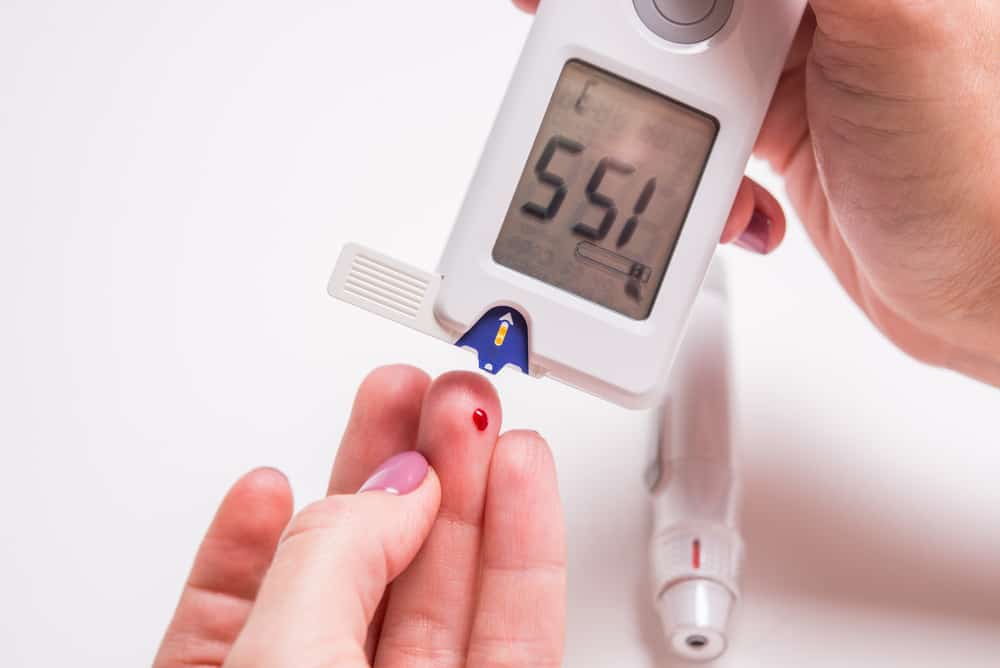Contents:
Medical Video: Knee Arthroscopy
Definition
What is knee arthroscopy?
Arthroscopy (microsurgery) involves examining the inside of your knee using a telescope that is inserted through a small incision made on your skin. Your surgeon will be able to deal with problems detected during the examination using special surgical instruments.
What are the benefits of arthroscopy?
The purpose of the procedure is to ascertain what is the problem being complained about, and for some people, the problem can be directly addressed during the procedure.
When do I need to undergo knee artroscopy?
Arthroscopy is recommended for problems with the knee, such as:
- Meniscus tear: the meniscus is a cushion of the knee joint that flanks the knee-forming bone. Surgery is done to repair or remove the tissue
- tear or damage to the anterior cruciate ligament (ACL) or posterior cruciate ligament (PCL)
- swelling (inflammation) or damage to the joint layer. This layer is called the synovium
- knee bone dislocation (patella)
- cartilage fragments caught in joints
- appointment of Baker's cyst. Swelling behind this knee is filled with fluid. Sometimes problems arise when inflammation and pain caused by other disorders, such as arthritis
- knee fracture
Prevention & warning
What should I know before doing knee arthroscopy?
If the scope of your work includes manual labor, it may take a long time in the recovery process before you can return to work. Discuss with your doctor about when the right time for you to return to work
The results of the procedure can be ascertained from the level of damage to your knee. For example, if the articular cartilage in your knee is completely worn out, the chance for total recovery will not be possible. You may have to change your lifestyle and limit your daily activities and look for alternative exercise that will not make your injury recur later.
Are there alternatives other than knee arthroscopy?
Joint problems can be diagnosed using other medical tests, such as CT and CT Scan. However, you might need arthroscopy to deal with the problem.
Process
What should I do before knee arthroscopy?
This procedure is done after you have been given anesthesia, local or total. You will be given complete instructions on what to do before the procedure, including whether you can eat certain foods several hours before surgery. Generally, you will be asked to fast eating 6 hours before arthroscopy. You will be allowed to drink fluids, such as coffee, until a few hours before the procedure.
What is the process of knee arthroscopy?
The surgical procedure takes around 30-45 minutes.
The surgeon will examine the joints. Then, the doctor will rinse the loose tissue due to wear joints. It is possible for your surgeon to cut or repair cartilage tears without having to make large slices.
What should I do after knee arthroscopy?
You can go straight home after surgery. If there is a small postoperative swelling, this is common for the next few weeks. Walking will feel a little uncomfortable
Regular exercise will help you restore your strength to carry out daily activities. Before you start, ask for advice from the team of doctors about sports that are right for you.
Most people in general will experience a significant increase and quickly return to normal routine. Your doctor will be able to find out if you have a chance of having further problems with your knee.
Complications
What complications can occur?
General Complications
- pain
- bleeding
- infection in the surgical area (wound)
- mild scarring
- blood clotting
- difficult urination
Specific Complications
- knee nerve damage
- a lump appears under the surgical wound
- infection of the knee joint
- very severe pain, stiff arms, and loss of control of your knee (complex regional pain syndrome)
Hello Health Group does not provide medical advice, diagnosis or treatment.











